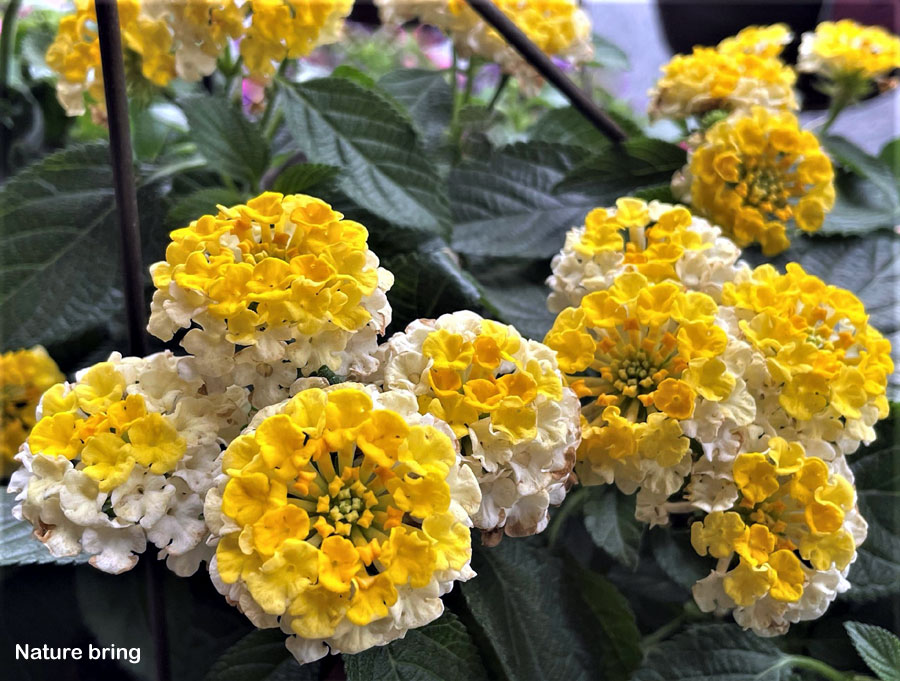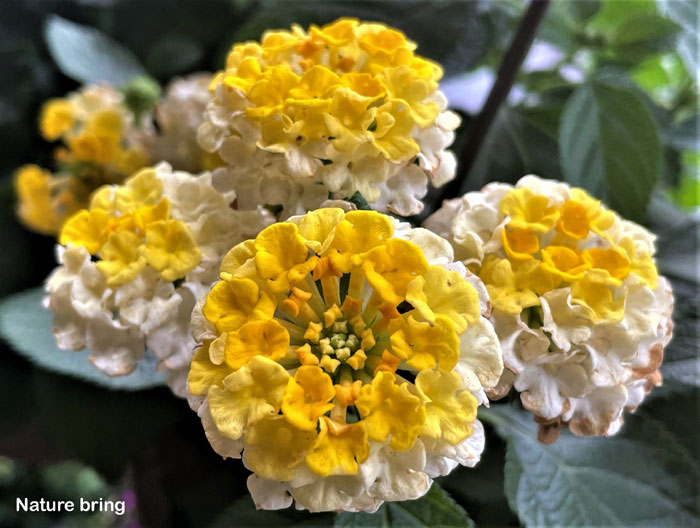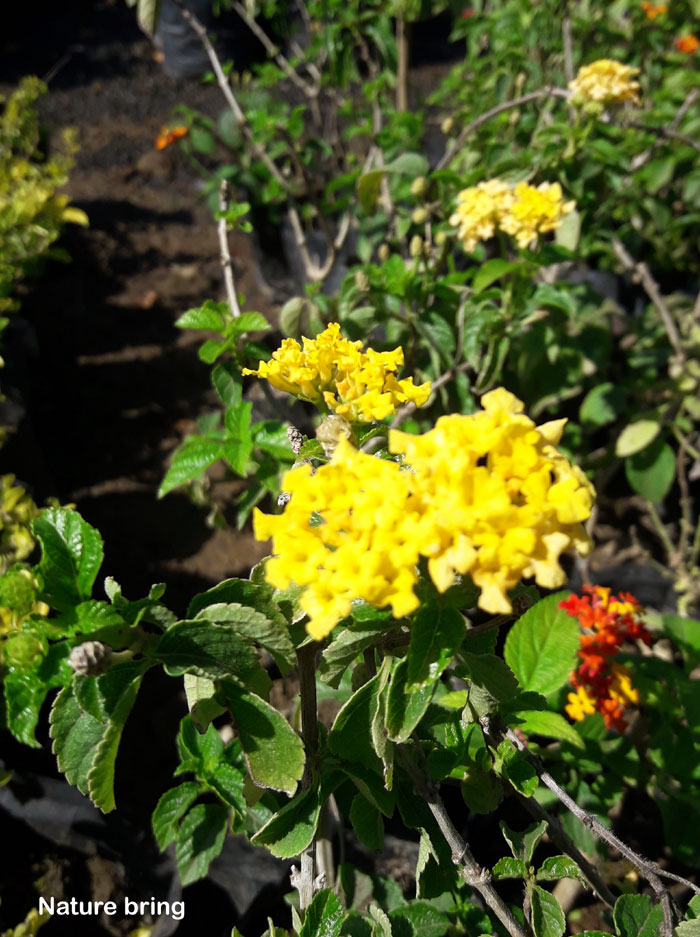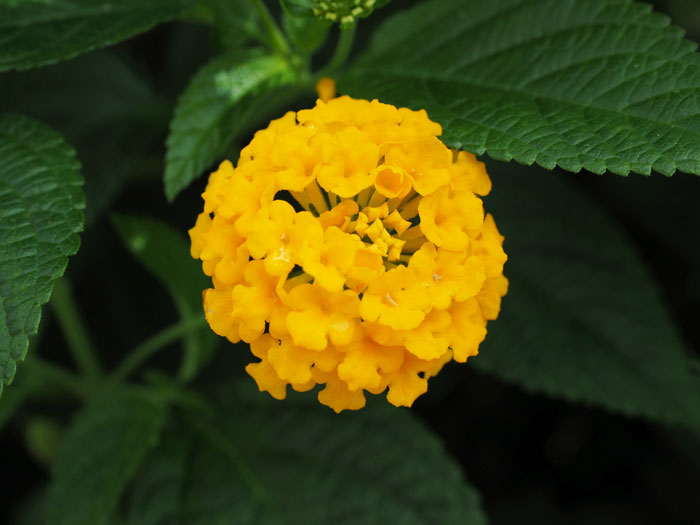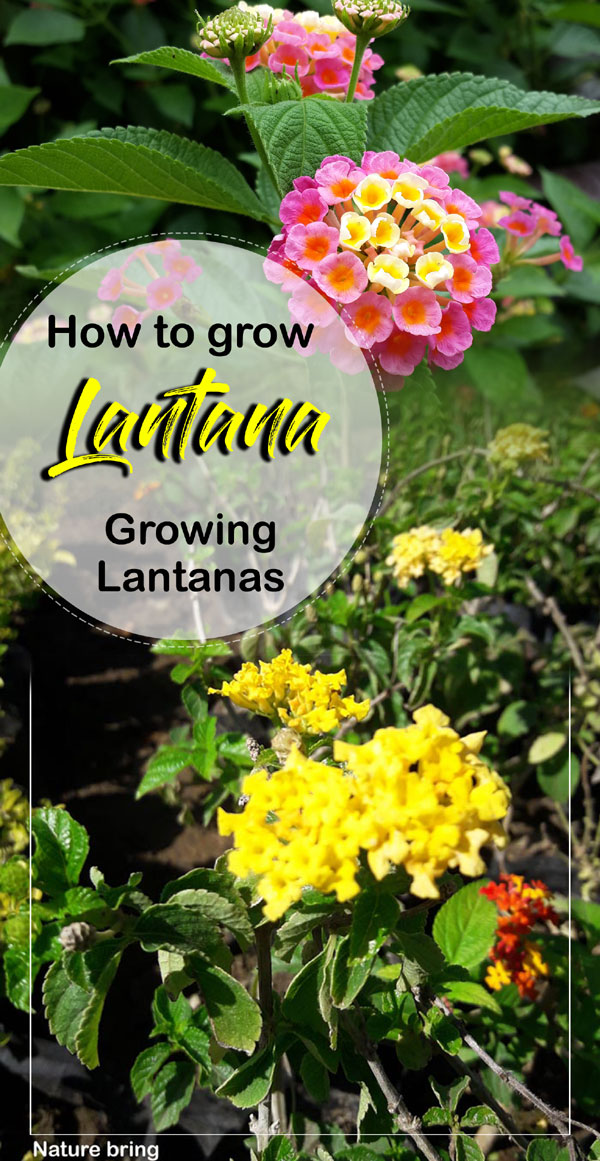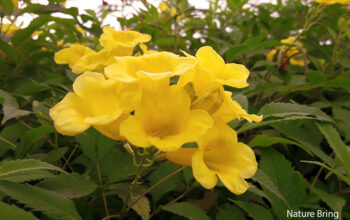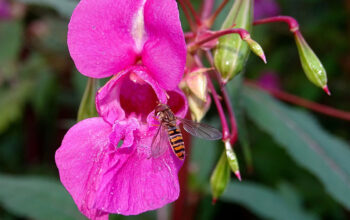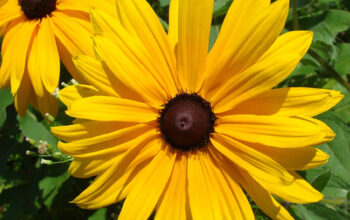Lantana Plant (lantana camara)
Lantana plants are evergreens and some of the other common names of the Lantana plant are Big-sage, KorseaWiwiri, Tickberry, Putus, Gu Phool, Umbelanterna, White-sage, and Red-sage. It is often cultivated indoor, but it can also thrive in a garden with enough shelter provided. Lantana camara is also used for medicinal and ornamental purposes. The leaves of the plant have antimicrobial, insecticidal, and fungicidal purposes. The plant is also used in many herbal medicines. Lantana flower attracts birds and butterflies and is frequently used in butterfly gardens. Learn How to grow lantana and care of this plant.
Overview of Lantana flower
Scientific name Lantana camara
Common names Lantana, Big-sage, KorseaWiwiri, Tickberry, Putus, Gu Phool.
Plant type perennial weed (Zones 8-11)
Sun required Full Sun
Soil Well-draining soil
Flower color Pink, White, blue, Red, Yellow, orange
Bloom time year around
Zone 8-11
How to grow the Lantana plant
It is very easy to grow the lantana flower. You can choose from a variety of colors available for you. You can grow the plant in your garden or in containers. Growing lantana camara adds color and beauty to the surrounding. Although the flowers may be a bit smelly the aroma of the foliage is great and so it qualifies as fragrant plants.
They are often grown in hanging pots because they appear like a vine, and hanging pots allow the branches to fall from the sides. The plants grow colorful flowers like yellow, orange, red, white, etc.
Light
Lantanas plants prefer full or partial sun and require at least 6 hours of direct sunlight daily. It will grow fewer flowers if it is planted in a shady spot. When grown indoors, plant it near a sunny window so that it receives enough light to bloom. In containers, light shade during the hottest part of the day can be very helpful.
Soil
As long the soil dries well, the pretty bloomers thrive in average soil. Well-draining soil. Lantana flowers prefer slightly acidic soil but they can also tolerate many soil conditions. Avoid soil that remains wet and muddy after rainfall. You can mulch pine needles in the soil to increase the acidic level of the soil. Peat moss based potting mix is good for the plant.
Watering
Never let the plant dry out and water the Lantana plant thoroughly. Newly planted Lantanas requires watering regularly so that the roots remain healthy. Too much watering can cause root rot and too little can affect the flowers and foliage, so water the plant according to its need. You can insert your finger in the soil to check whether the plant requires watering or not.
Temperature and humidity
The plant will die if the temperature drops below 28 degrees Fahrenheit and stays cold for a long time. The best temperature condition is 55 degrees Fahrenheit or more.
Moderate to high humidity is good for Lantanas. You can add wet pebbles to the surface of the tray, to increase the humidity. The plant can survive with salt spray and is also fine with humid weather.
Fertilizer
This plant does not require much fertilizing because they are low-maintenance and, also too much fertilizer can decrease the abundance of the flowers. If you want, you can feed your lantana camara with gentle fertilizer. Too much fertilizer can reduce the number of flowers.
Feed your plant during early spring with dry fertilizer. The best fertilizer for Lantanas is good quality and balanced fertilizer with a 10-10-10 ratio of NPK.
Lantana Plant care
- Lantana camara can be toxic for children and pets because the leaves can cause rashes. If pets or children eat or swallow the unripe berries, it can be fatal. So, make sure that you keep the children safe or treat the toxicity of the plant.
- You can cut the tips of the plant, to encourage reblooming. To improve bloom, you can prune off old seed pods or berries left from the prior flowers. Lantana plants may die to the ground following a killing frost, so at this time cut off the old foliage and mulch them for the winter.
- You can add coffee grounds to the compost piles and the soil because it contains nitrogen, which will help in acidifying the soil to some degrees and attract beneficial earthworms.
- You may lightly trim the plant periodically throughout the season to stimulate new growth and encourage flowering. Too much shade, lack of air, or high humidity can cause the plants to develop botrytis or powdery mildew. When planted in ideal conditions, the plant is carefree.
Read also:
How to gardenia in containers.
for pin

